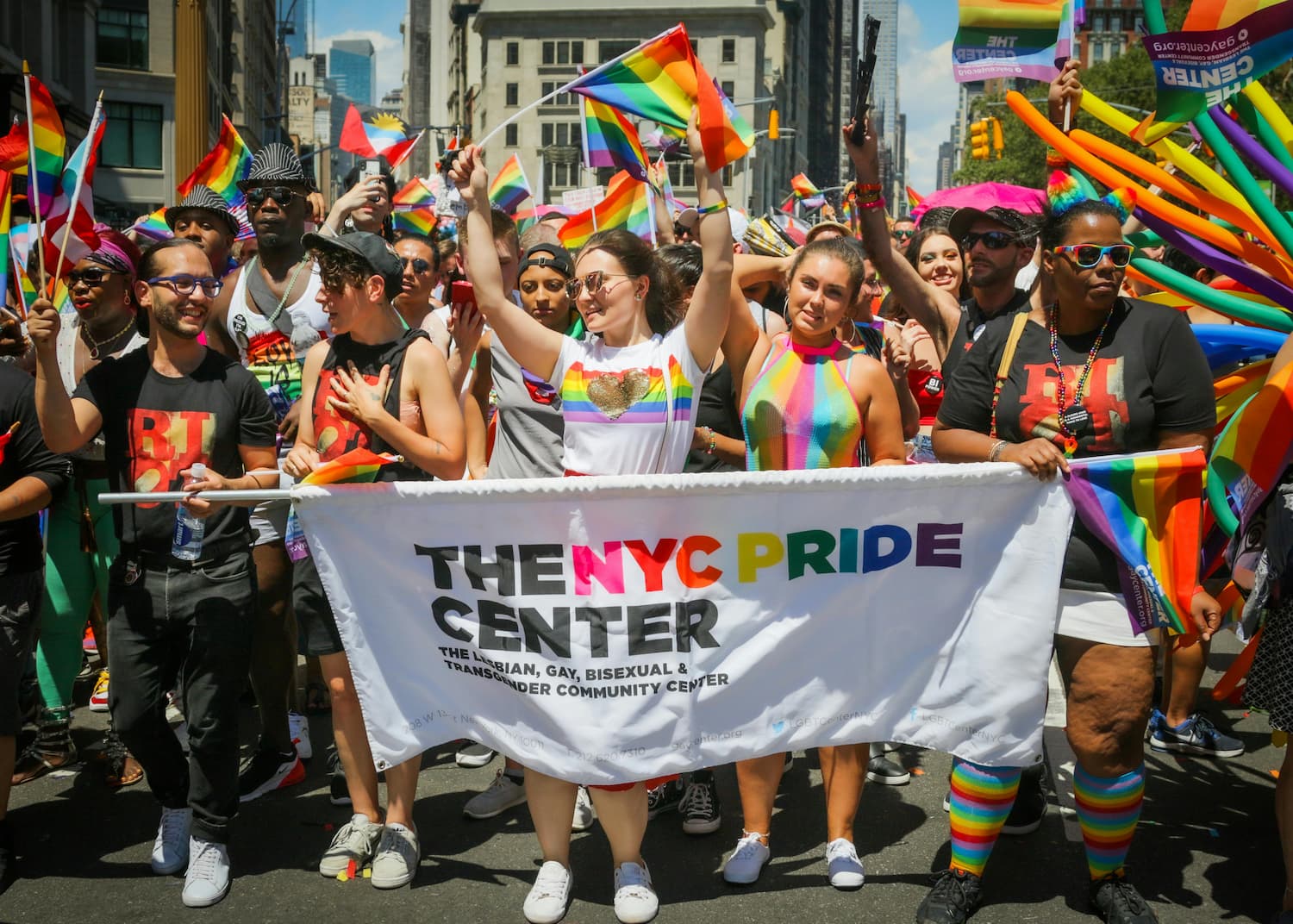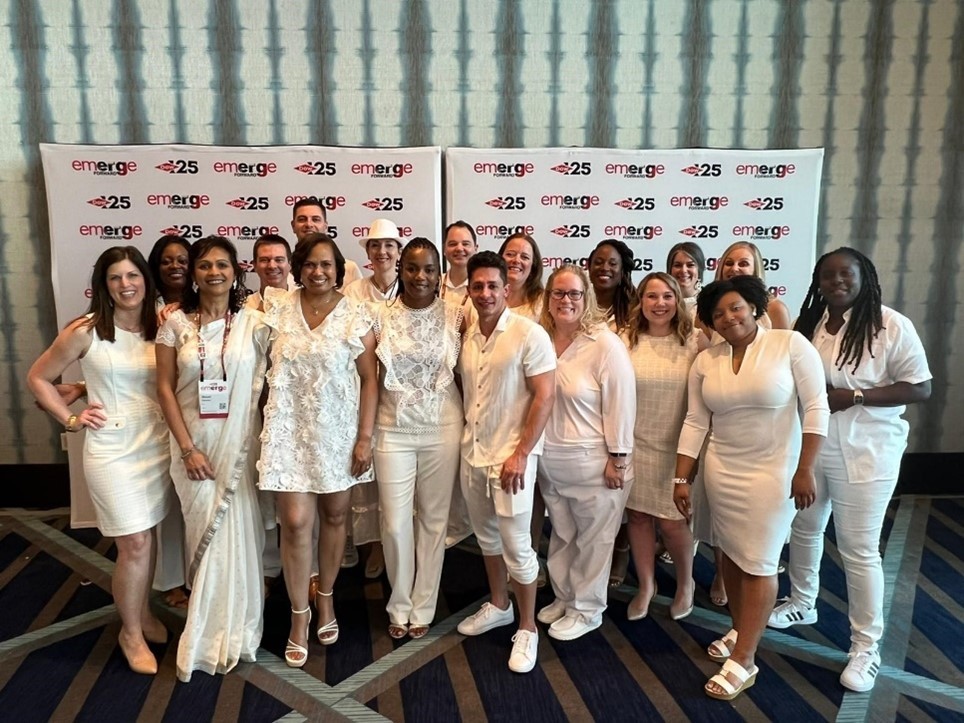High-trust workplaces can be successful in creating safe spaces for employees to show up as their full selves. Here are three experiences that can make a difference.
It is hard for marginalized workers like LGBTQ+ employees to feel seen and heard at work — even at great workplaces.
Great Place To Work® research found that LGBTQ+ workers were less likely to say they feel psychologically safe in the workplace by seven percentage points. When employees don’t feel safe, companies are less agile and resilient to the disruption they face from AI, volatile markets, and more.
That’s why high-trust workplaces beat the market by a factor of nearly four over the long run, and why diversity and inclusion is a potent recipe for insulating your business against recession.
How can companies ensure LGBTQ+ employees feel welcome and safe to be their full selves at work? Here are five tips:
1. It’s not enough to have LGBTQ+ representation in leadership — leaders should talk openly about their LGBTQ+ experience
HR leaders and business executives often focus on representation, but it makes a big difference how LGBTQ+ individuals express themselves (or don’t) when in leadership positions.
When LGBTQ+ employees see a leader who is “out” and willing to talk about their experience, that sends a message that this a safe workplace, says Kenia Rivas-Duarte, customer success manager and member of the LGBTQ+ employee resource group (ERG) at Great Place To Work.
Especially early on in an employee’s tenure, how companies talk about and celebrate LGBTQ+ identities can assuage fears. “Seeing people in leadership who are out and who represent the LGBTQ community lets you know you made the right choice,” Rivas-Duarte says. “It’s that reassurance: ‘Yes, I picked a safe working environment.’”
2. Audit the onboarding experience — what messages are you sending?
When employees join an organization, there are lots of messages that are sent both explicitly and implicitly about how a company is embracing people of different backgrounds and identities.
One example? Filling out a job application where companies ask about the gender with which a candidate identifies. If the application only offers two choices — male or female — that sends a message that the company doesn’t recognize a more complex view of gender.
3. Move beyond awareness with employee resource groups
Your ERGs can be crucial programs to help LGBTQ+ employees build community and develop confidence in the workplace.
“It’s been extremely important joining an ERG, especially being a new employee and still trying to build relationships,” says Rivas-Duarte, who just celebrated her first anniversary at Great Place To Work.
“It’s a community within a community, so it allowed me to ask questions,” she says. “It made me feel more safe, more secure, and it helped me with my onboarding process.”
What really unlocks ERGs within an organization is when they contribute to specific business goals. Rivas-Duarte recommends that ERGs ask questions like:
- How do we help LGBTQ+ folks with professional development?
- How do we help folks feel more comfortable to be themselves in the workplace?
- How can we be an HR partner to help improve the onboarding process?
4. Ensure every employee has an inclusive leader
Relationships with your direct manager have a huge impact on the employee experience. Employees are listening to the kinds of questions their leader asks to understand whether they can share their full experience at the workplace.
Rivas-Duarte says that in her work experience, having a leader who asked about her life outside of work, including taking time to learn about her partner, was an indicator of how comfortable they were having an LGBTQ+ employee.
“They would ask how my weekend was, and include, how’s your partner doing? How’s your spouse?” she says. Inclusive leaders also normalize the LGBTQ+ experience by asking similar questions in team meetings.
“It makes you feel like you’re just a regular person with a relationship or a spouse,” Rivas-Duarte says.
5. Make sure to talk about LGBTQ+ issues beyond Pride Month
For Rivas-Duarte, starting her journey at Great Place To Work during Pride Month was a uniquely special experience. The experience of having everyone celebrate LGBTQ+ employees was affirming and uplifting. But what about LGBTQ employees who join a company at other times in the year?
That’s why a commitment to inclusion and belonging should be activated all year round. “There’s always a mention of underrepresented communities in everything we do at Great Place To Work,” Rivas-Duarte says. Whether in content on the website, company all-hands meetings, or conversations with her team, she always sees a commitment to inclusion.
“That’s always top of mind for us, making sure that we’re bringing up these topics,” she says. “It was great that I started at Great Place To Work during Pride month, but the level of comfort and safeness that I feel would’ve been the same because it’s a continued commitment.”
Join us in Las Vegas!
Register for the next For All Summit™, April 8-10, to connect with leaders and experts from great workplaces around the world.











